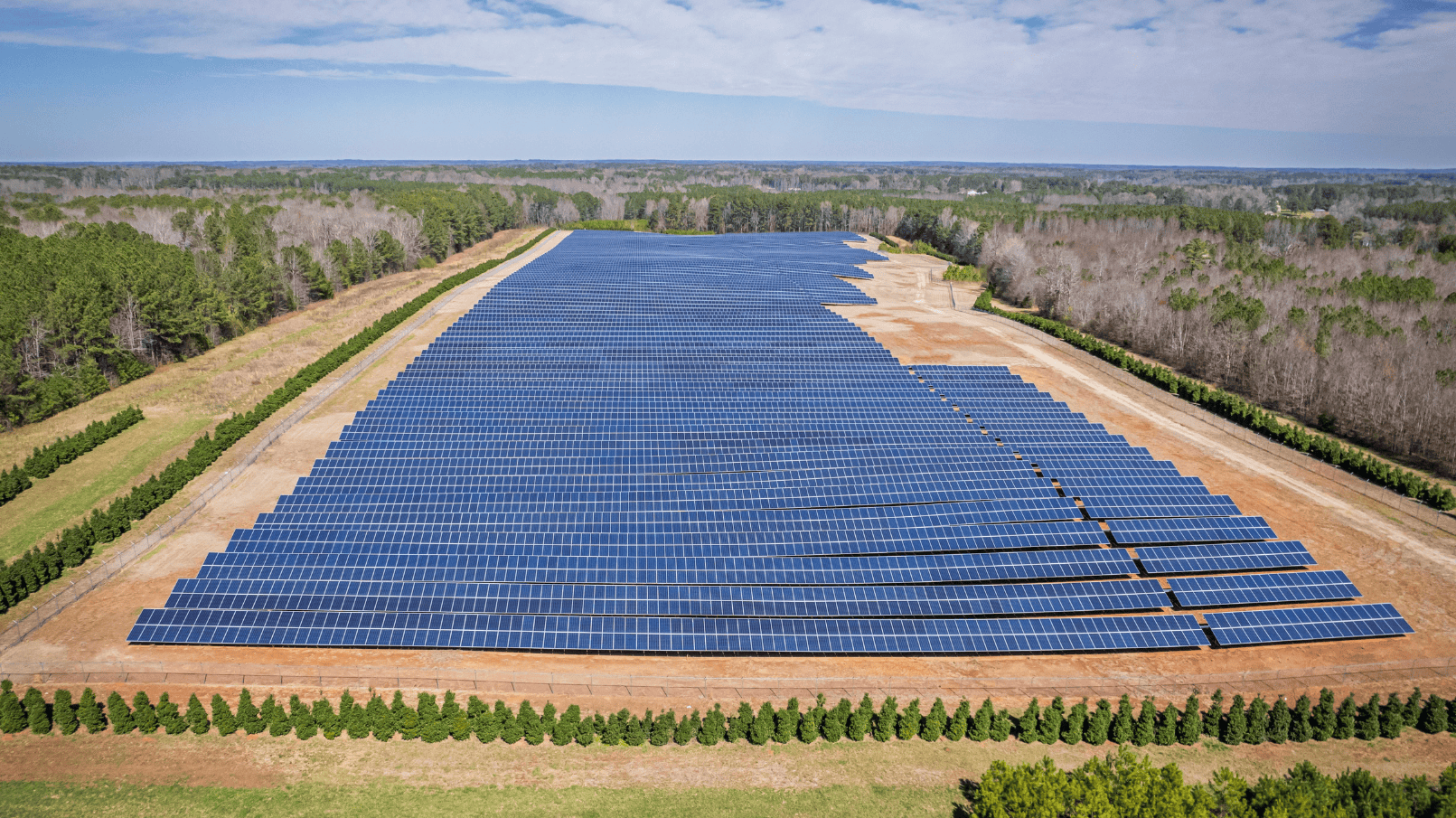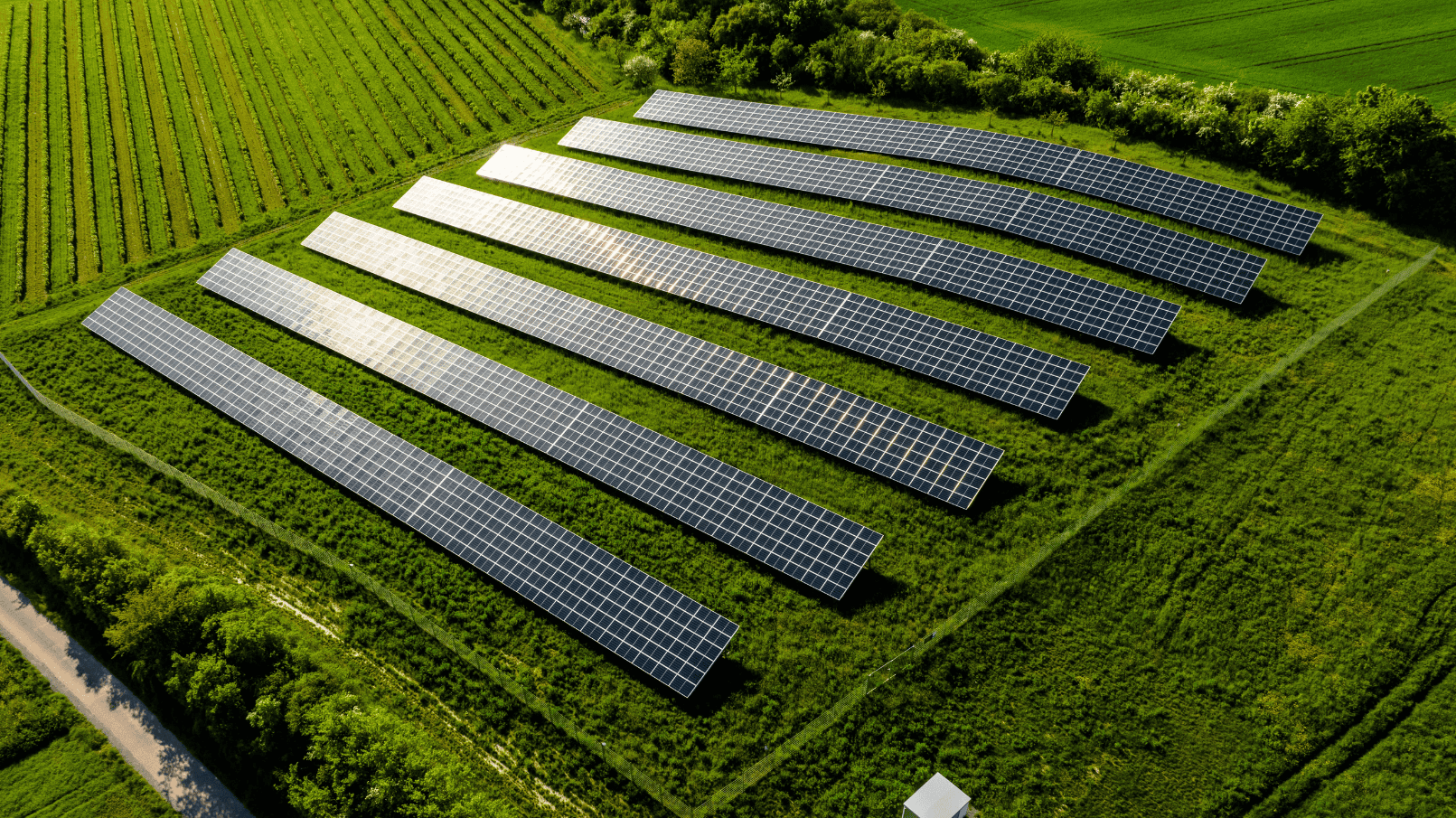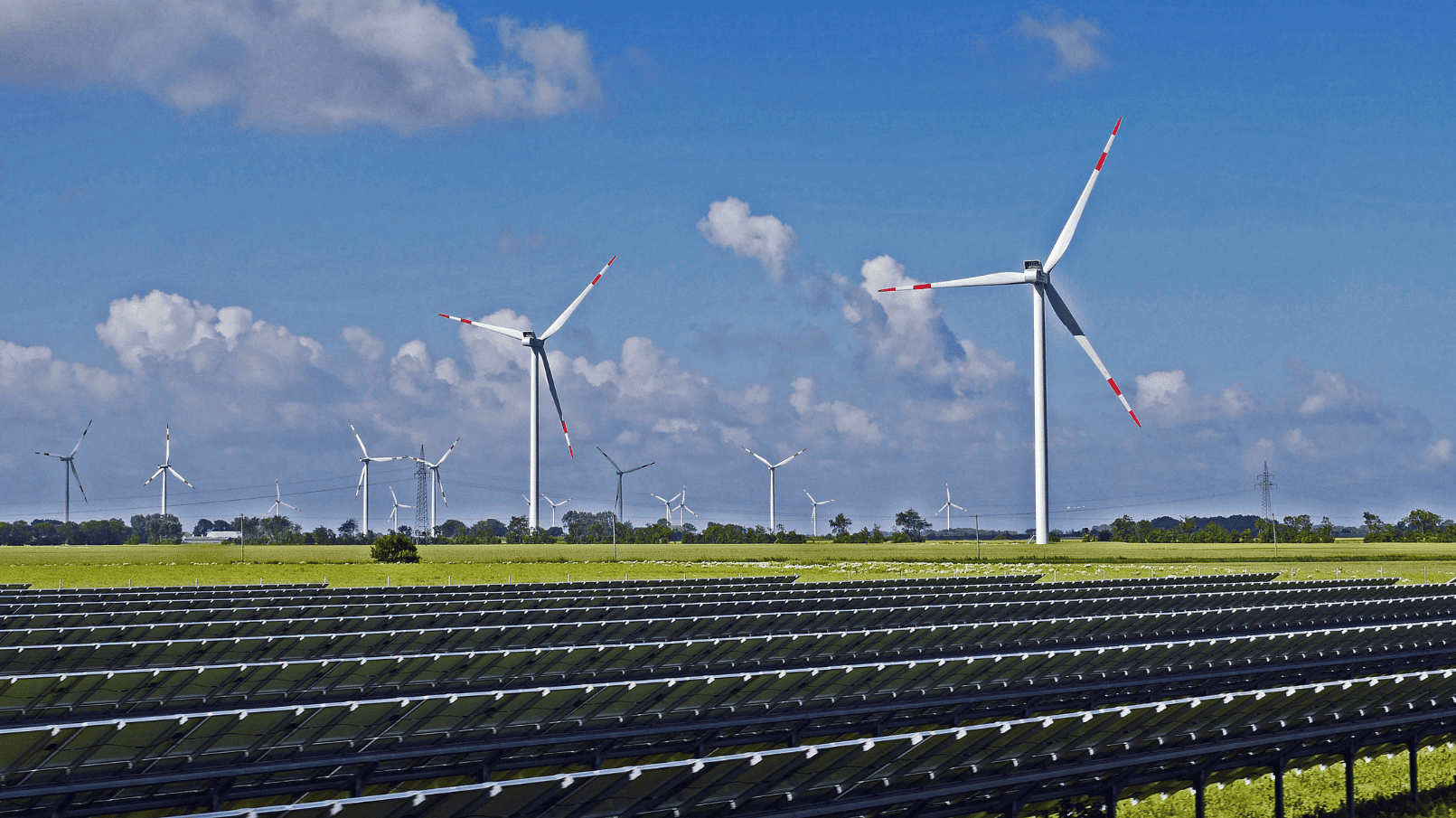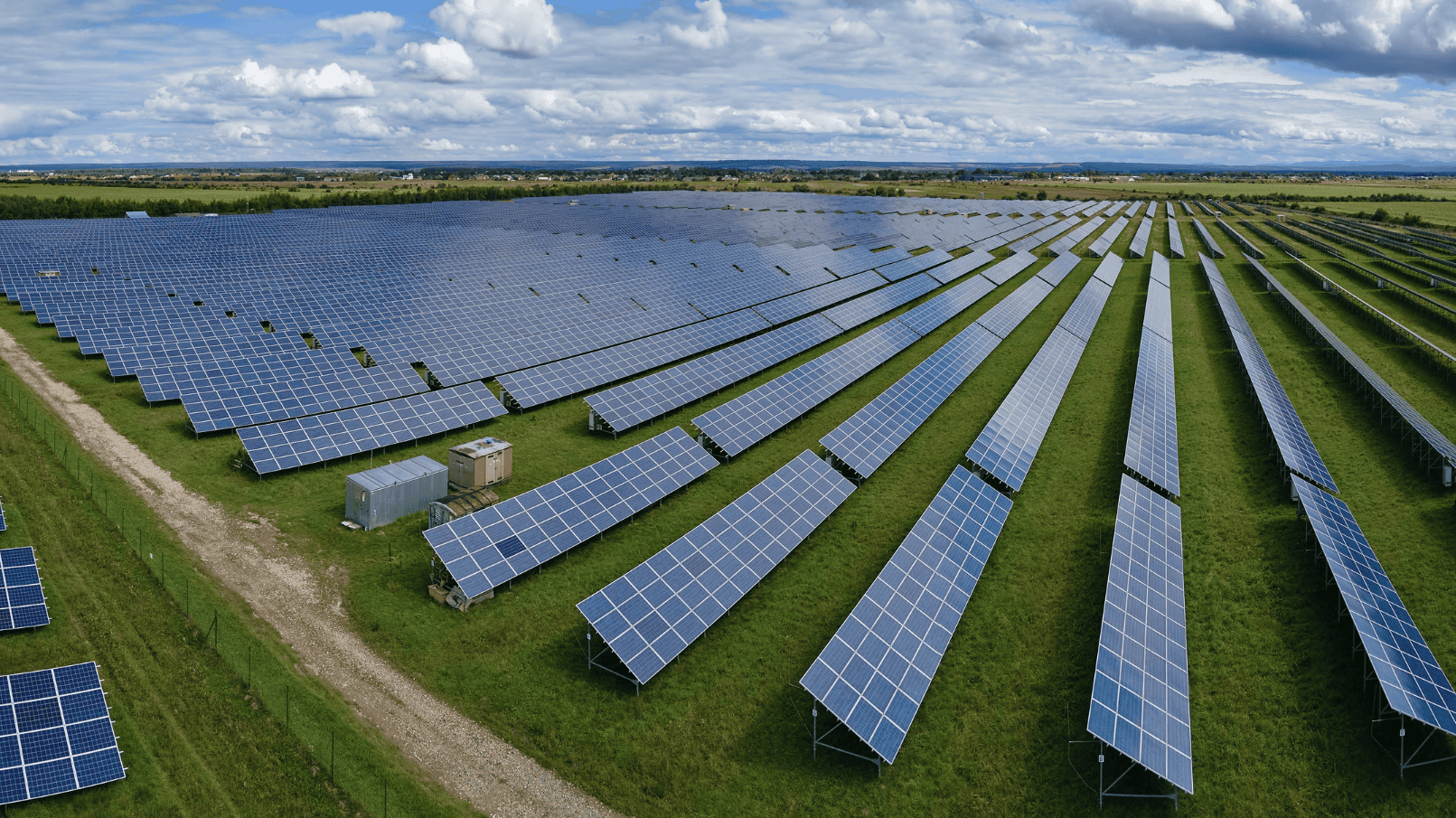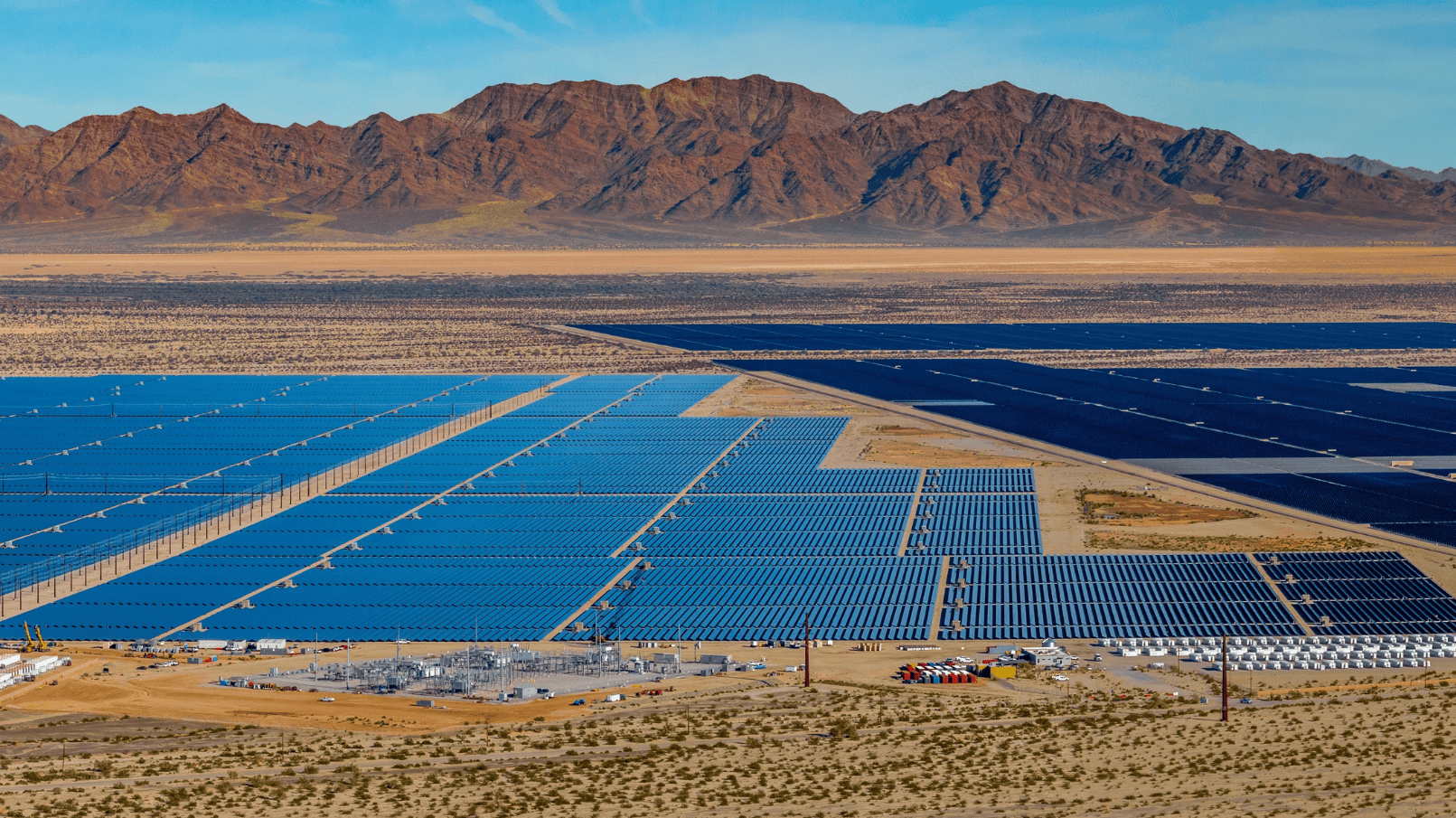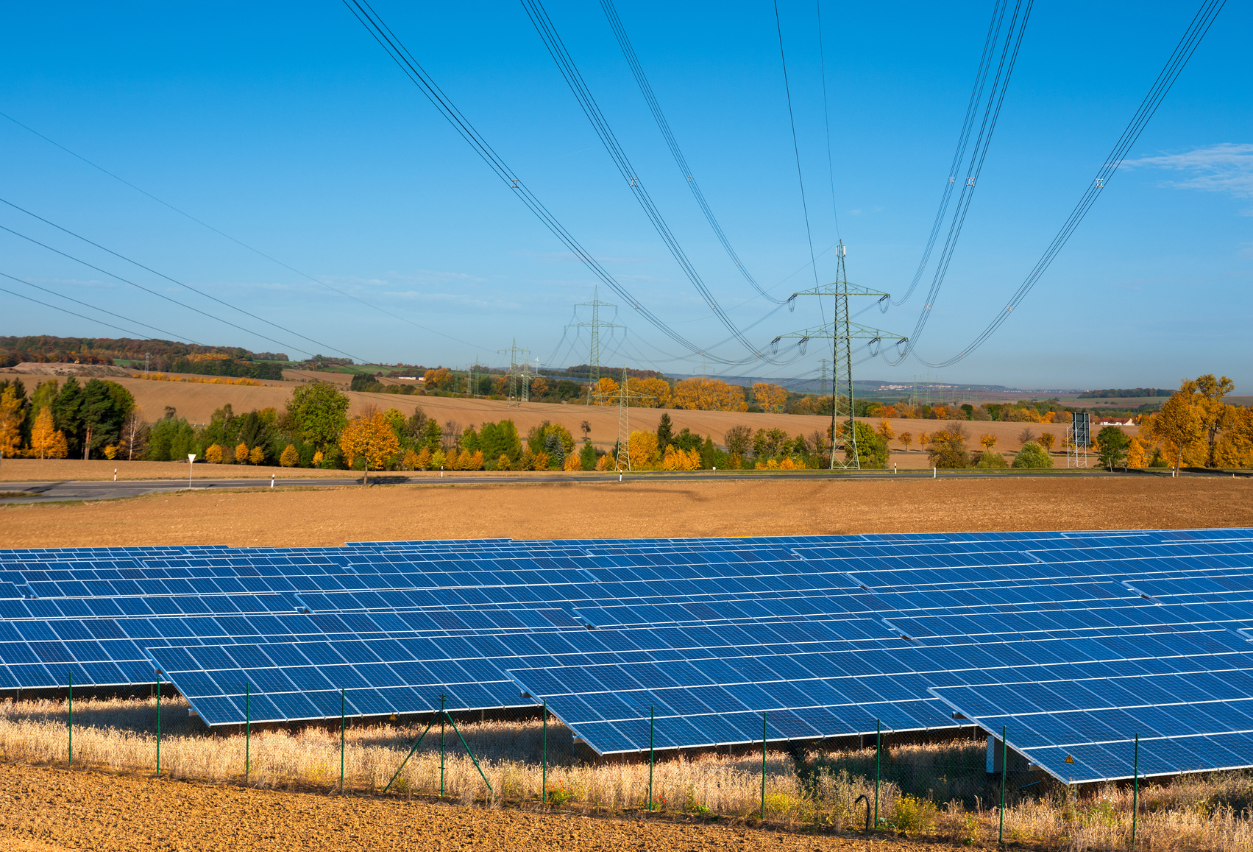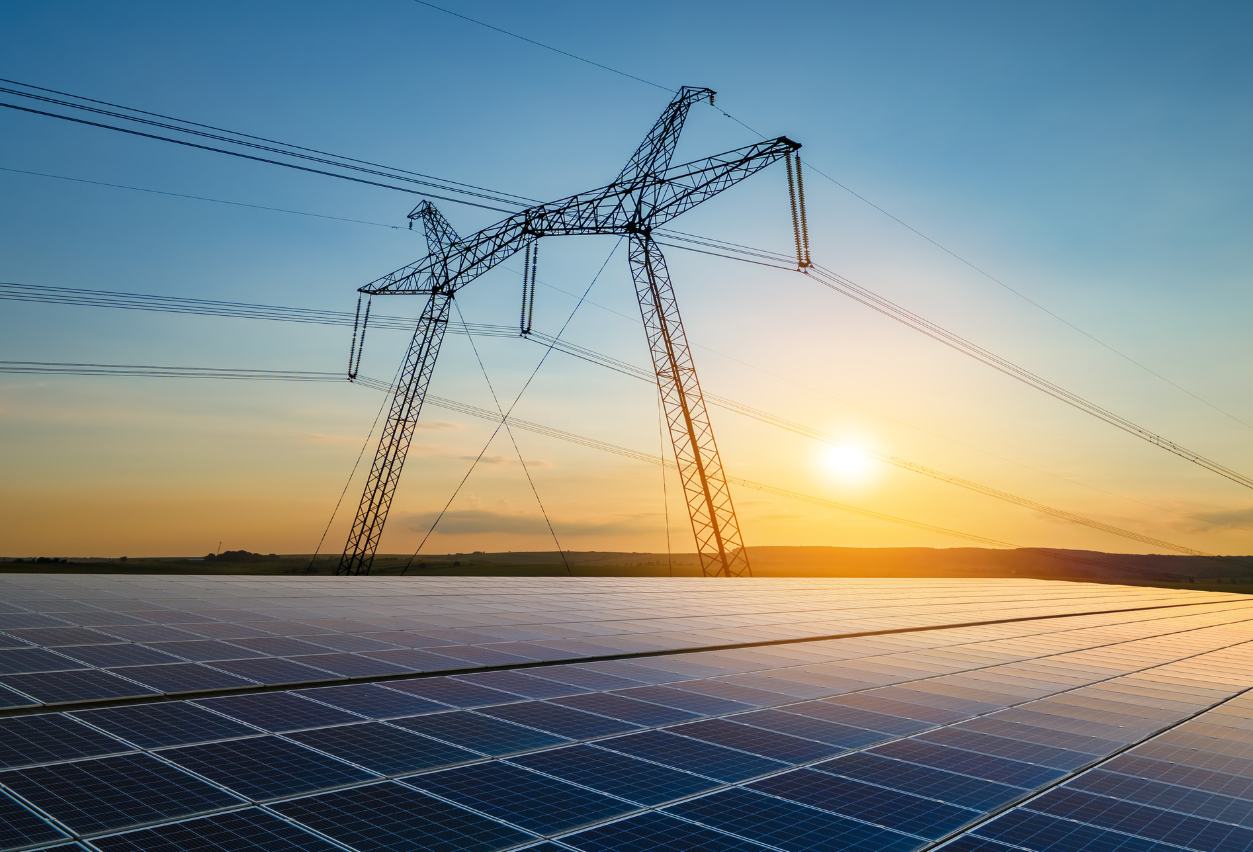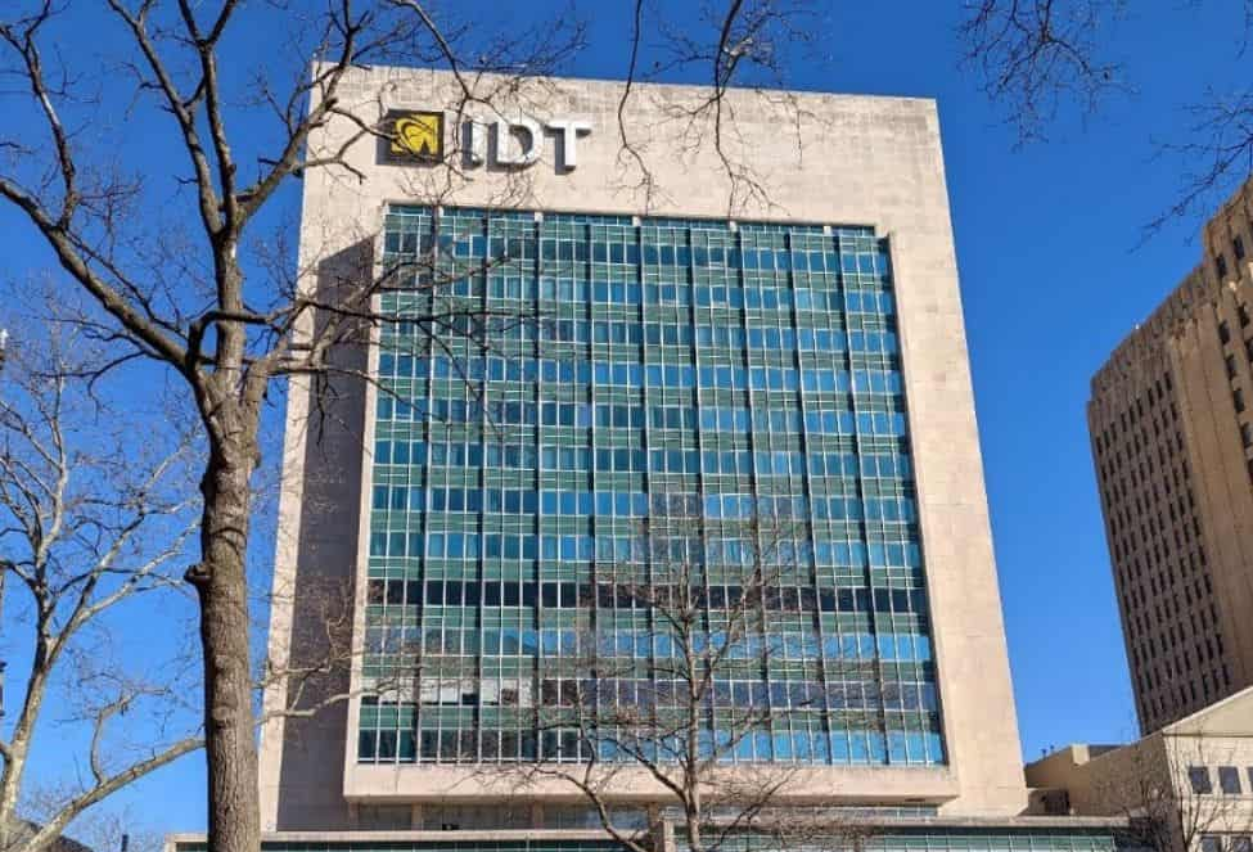How Much Is Your Business Suffering from Phantom Energy Drain?
For industrial and commercial enterprises, the focus on energy efficiency often fails to truly show where businesses are spending their money. Many business owners believe that shutting down operations during off-hours and weekends is a effective measure to cut costs. However, there’s an often overseen problem that siphons energy even during seemingly dormant periods – phantom energy drain. This is particularly relevant to businesses with large warehouses, manufacturing facilities, and most commercial businesses where heavy-duty machinery and equipment may silently draw power when not in use.
But what can business owners do to mitigate bleeding costs on their energy bills?
Learning from Homeowners
Like the concerns raised by homeowners regarding appliances left plugged in, businesses may be bleeding energy and unknowingly inflating their electricity bills. The concept of standby power, often referred to as ‘phantom load,’ is not confined to household devices; it extends its reach to industrial machinery and equipment. Commercial businesses, regardless of their “working” hours, are, in fact, always running. These ups and downs in energy activity can be expensive and also create chaos when it comes to reading your energy bills.
Understanding Phantom Load in Business Settings
In essence, the phantom energy drain refers to the energy consumed by equipment even when turned off. This standby power is used to maintain features such as displays, clocks, engine temperature, or remote control readiness. The United States Department of Energy reveals that any equipment or appliance drawing around 1 watt of electrical current constantly could result in an annual consumption equivalent to 9 kilowatt-hours (kWh).
The Hidden Costs
While homeowners might only incur an additional $100 to $200 per year for keeping non-essential electronics in standby mode, commercial businesses could be facing costs astronomically larger. Large-scale refrigeration units, manufacturing machinery, computer systems, data storage and automated systems could collectively contribute to a substantial phantom energy drain, leading to significantly increased energy bills over time. As mentioned above, this can also cause your energy bill to be extremely hard to understand. Demand and delivery charges can be all over the place, and without drilling deeper, business owners may never truly be able to pinpoint their off-hour usage habits.
How to Identify Exactly How Much Phantom Energy You’re Using?
To truly know how much energy you’re using in those off hours, you’ll need to install a consumption meter into your electrical system. Installing these meters, like Genie Solar’s Smarter Meter, is relatively simple, but the data analysis can be the tricky part. It’s best recommended that you work with an energy consultant or commercial energy expert, like Genie Solar Energy, to review and interpret the data. Once you have a good understanding of your usage, as well as your demand charges, you can come up with the correct course of action to mitigate these operational expenses.
Other Ways to Identify and Mitigate Phantom Energy Drain:
To address the phantom energy drain in large-scale operations, businesses can adopt a few of these other strategies:
- Energy Audits: Conduct regular energy audits to identify areas of excessive energy consumption within the facility.
- Automation: Implement automated systems to ensure machinery enters a low-power mode during idle times.
- Employee Awareness: Educate employees about the importance of turning off equipment when not in use to foster a culture of energy conservation.
- Upgrade to Energy-Efficient Equipment: Consider replacing outdated machinery with more energy-efficient alternatives.
- Power Management Systems: Invest in advanced power management systems that enable centralized control over energy usage, allowing businesses to optimize power consumption during idle periods.
- Install Solar Energy: Commercial solar installations are a great way of offsetting any excess energy usage and lowering your costs overall.
How much money are you losing to Phantom Energy costs? Find out now.
Genie Solar isn’t just a commercial solar installer; we are commercial energy consultants and experts. We work with our customers to analyze their consumption and create a strategy that will increase their efficiencies and lower their energy costs. Reach out to us today and ask about our Smarter Meter services and learn more about how you can save money.

